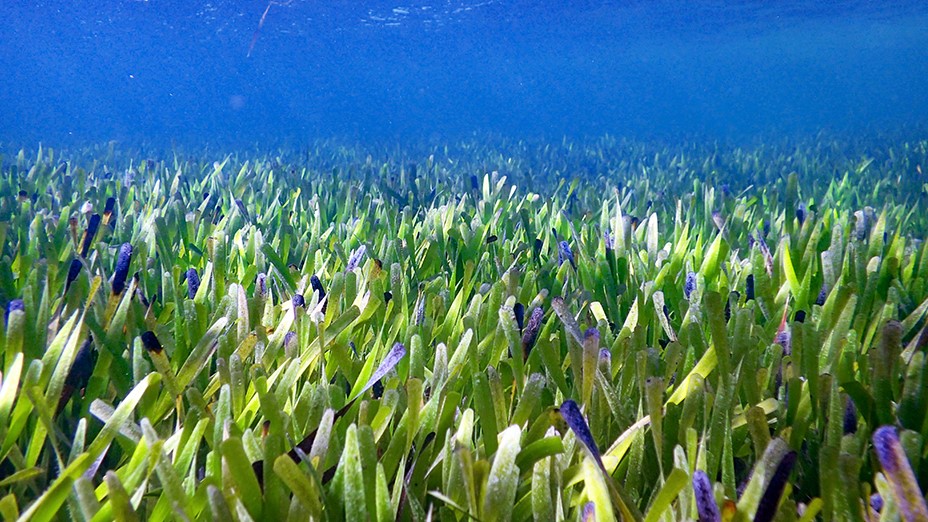QUICK FACTS
Name: “Immortal” seagrass meadow
Place: Shark Bay, Western Australia
Coordinates: -25.8829486505056, 113.90591540490992
Why it’s incredible: The giant meadow grew from a single seedling.
The crystal clear waters of Shark Bay are home to the world’s largest plant: a seagrass meadow that spans 77 square miles (200 square kilometers) and is 112 miles (180 kilometers) from end to end. The shoots that form the vast meadow all stem from a single trunk, which researchers estimate is at least 4,500 years old.
Researchers analyzed the genetic composition of the seagrass in Shark Bay for the first time in 2022. They found that almost all of Poseidon’s weeds (Posidonia australis) — which grows in a network of meadows in the bay — was genetically identical, indicating that the weeds were a single plant. Unlike other types of seagrass, which reproduce sexually, this meadow appeared to continually clone itself via an underground stem called a rhizome.
Related: 2 plants randomly mated 1 million years ago resulted in one of the most popular drinks in the world
On the sandy seabed, the self-cloning seagrass meadow forms clumps of grass that look like separate organisms, but underground the shoots connect to form “the largest clone in any environment on Earth,” the researchers wrote in the study.
This means that Shark Bay’s seagrass eclipses the previous record holder: the second largest clone ever recorded is a 15km long meadow of Posidonia oceanica seagrass in the western Mediterranean.
RELATED STORIES
—Argyle Mine: Earth’s treasure trove of pink diamonds, born during the breakup of a supercontinent
—Gates of Hell: Turkmenistan’s Methane-Fired Firepit Burning Since 1971
—Hot Tub of Despair: The deadly ocean bath that traps and preserves creatures who fall into it
The meadow at Shark Bay expands through a process known as “horizontal rhizome extension,” in which the plant grows stems that extend horizontally beneath the seafloor. These stems then send up vertical stems that develop shoots and leaves, which break through the sand to form seagrass. Based on the size and age of the meadow, researchers estimate that it is expanding at a rate of about 6 to 14 inches (15 to 36 centimeters) per year — which is quite fast compared to other self-cloning seagrass meadows, the study said.
The meadow has remained relatively untouched for millennia, allowing it to reach colossal proportions. The clone could continue its creeping expansion as long as it remains untouched, making it virtually immortal, Elizabeth Sinclairan evolutionary biologist at the University of Western Australia, previously told Live Science.

